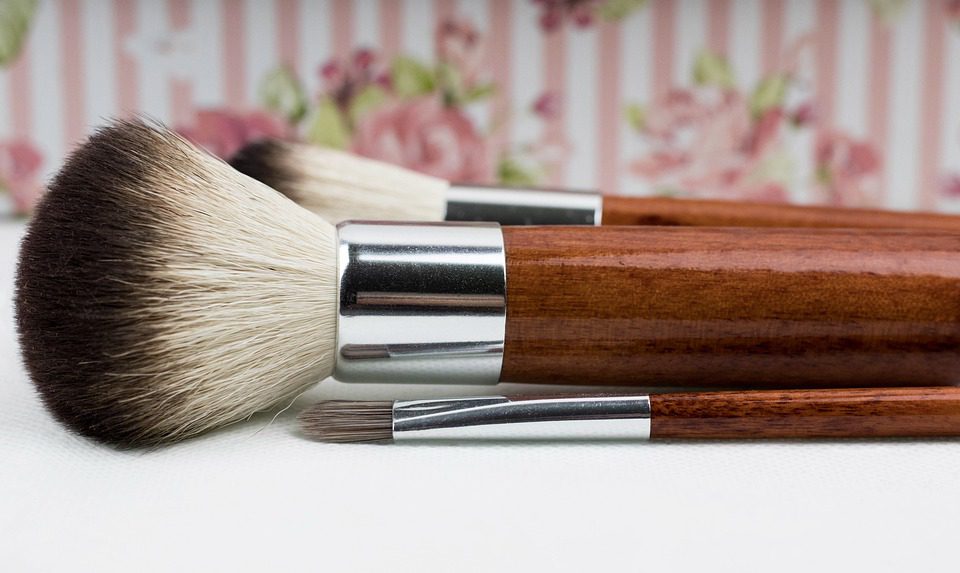Acrylic painting is a popular medium among artists for its versatility, vibrant colors, and quick drying time. One important aspect of creating successful acrylic paintings is mastering the background. The background sets the tone for the entire piece and can greatly impact the overall composition. Here are some tips and techniques for creating dynamic acrylic painting backgrounds:
1. Choose the right colors: When selecting colors for your background, consider the mood and theme of your painting. Warm colors like red, orange, and yellow can create a sense of energy and warmth, while cool colors like blue, green, and purple can evoke a feeling of calm and tranquility. Experiment with different color combinations to see what works best for your piece.
2. Use multiple layers: Layering different colors and textures can add depth and interest to your background. Start with a base layer of a solid color, then add layers of lighter or darker shades to create dimension. You can also experiment with different techniques such as dry brushing, splattering, or sponging to create unique textures.
3. Experiment with different tools: Acrylic paint can be applied with a variety of tools including brushes, palette knives, sponges, and even your fingers. Each tool creates a different effect, so don’t be afraid to experiment and see what works best for your painting. For example, using a palette knife can create bold, textured strokes, while sponges can create a soft, blended effect.
4. Play with transparency: Acrylic paint can be thinned with water to create transparent layers, allowing underlying colors to show through. This can create a sense of depth and complexity in your background. Experiment with adding water to your paint to create different levels of transparency, and play with layering different colors to create interesting effects.
5. Pay attention to composition: The background should complement the subject of your painting and enhance the overall composition. Consider the placement of the background elements in relation to the main subject, and be mindful of creating a balanced and harmonious composition. Experiment with different shapes, patterns, and textures to create visual interest and movement in your background.
Mastering acrylic painting backgrounds takes practice and experimentation, but with these tips and techniques, you can create dynamic and visually stunning backgrounds for your acrylic paintings. Remember to have fun and be open to trying new techniques – you never know what unique effects you might discover!




